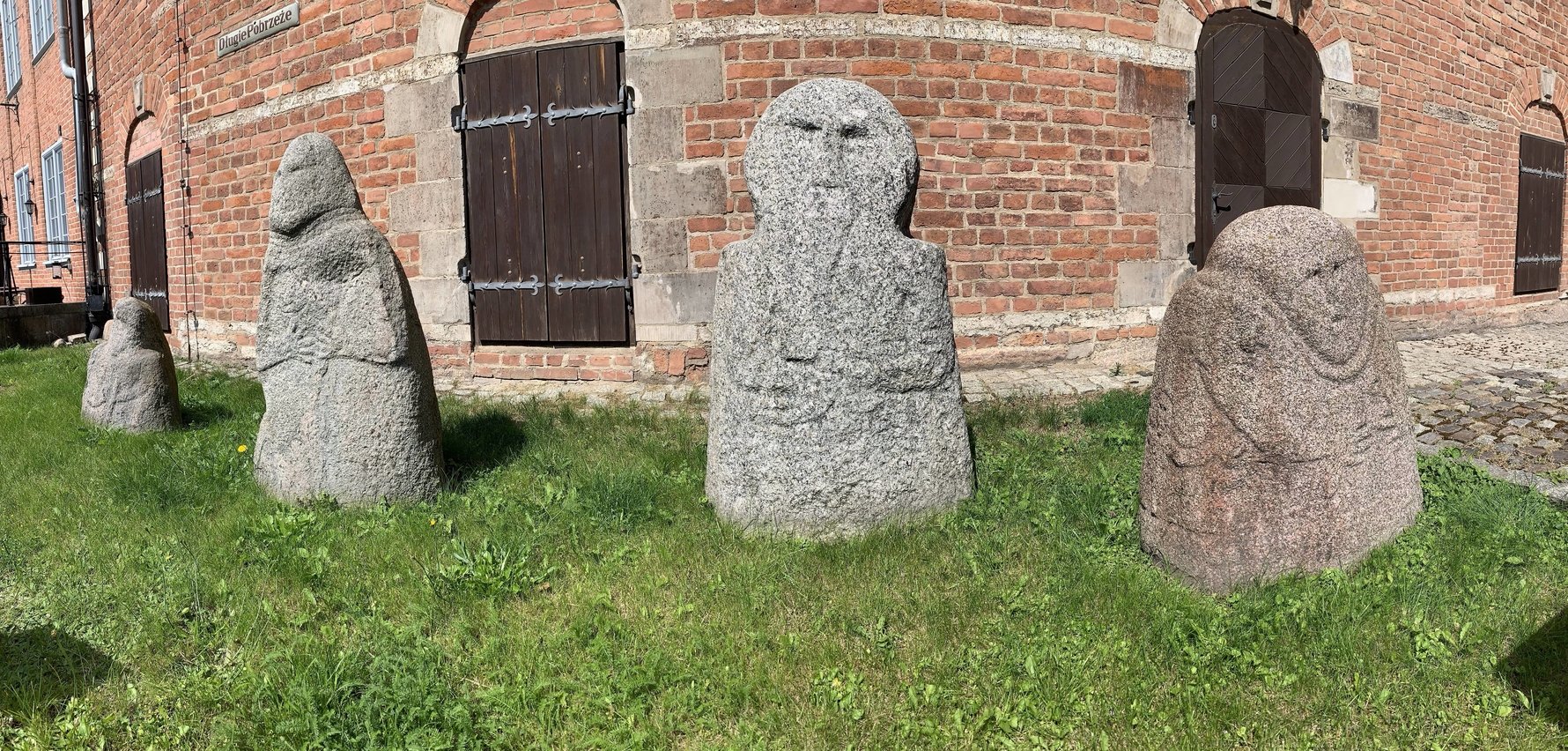

One of the few remnants of this pre-Christian culture that are still with us are these works of stone, collected from around the countryside of Northern Poland, specifically the localities of Bronówo, Gałdówo, Mózgówo, and Susz. Locals refer to these humanoid forms as Stara Baba Pruska (ENG: Old Prussian Hags), even though they are male figures and are mostly endowed with militant accessories - swords, shields and quivers. Others hold a cross-armed gesture as if in a self-embrace or are carrying a drinking horn (see Hag #2). So what exactly are we looking at? They've adopted names like 'The Monk' and 'The Blasphemer of Mózgowo', however, these nicknames probably have very little to do with their actual histories.
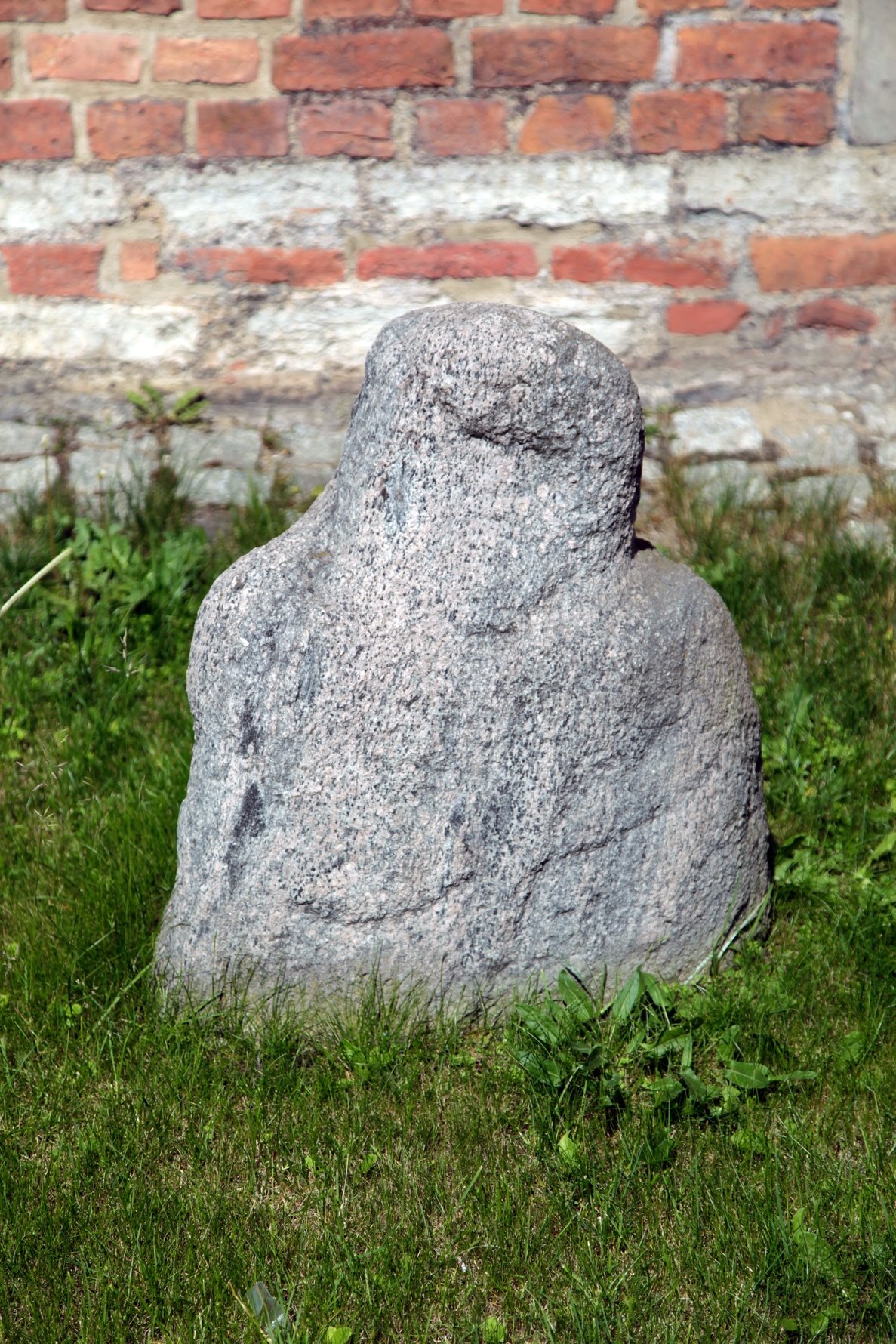
'Holy Stone' from Gałdówo |
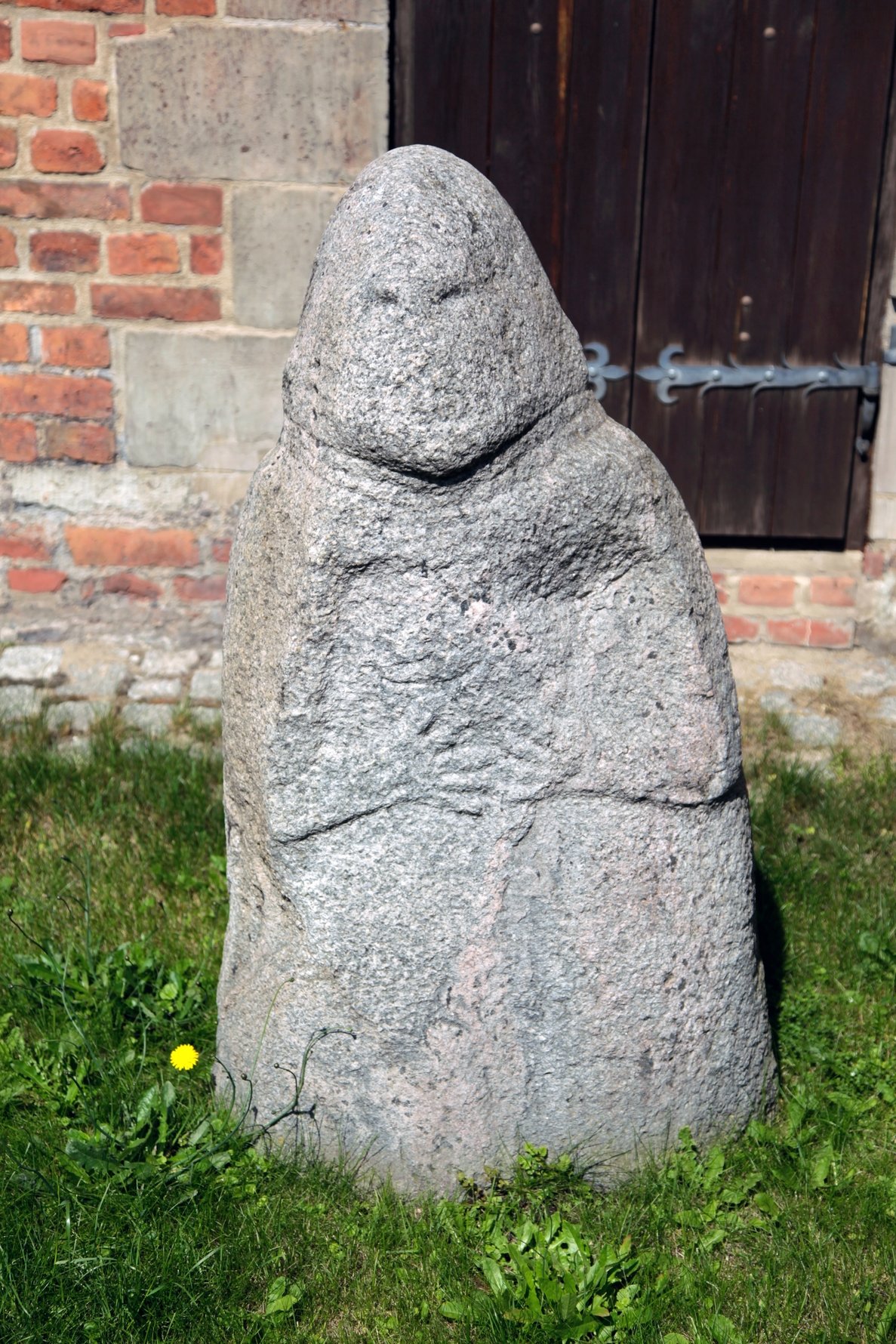
From Bronówo/Susz |
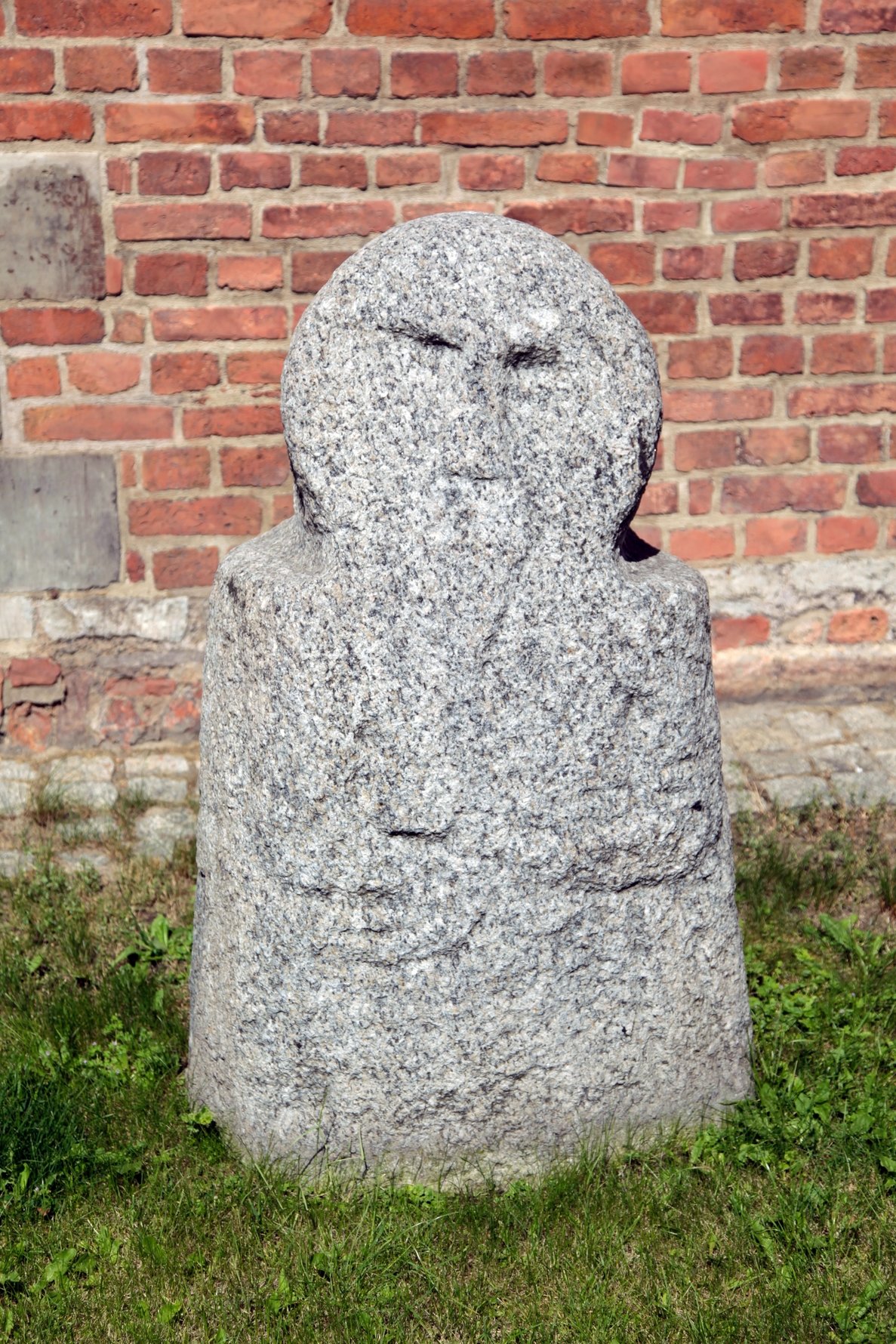
The Monk from Susz |
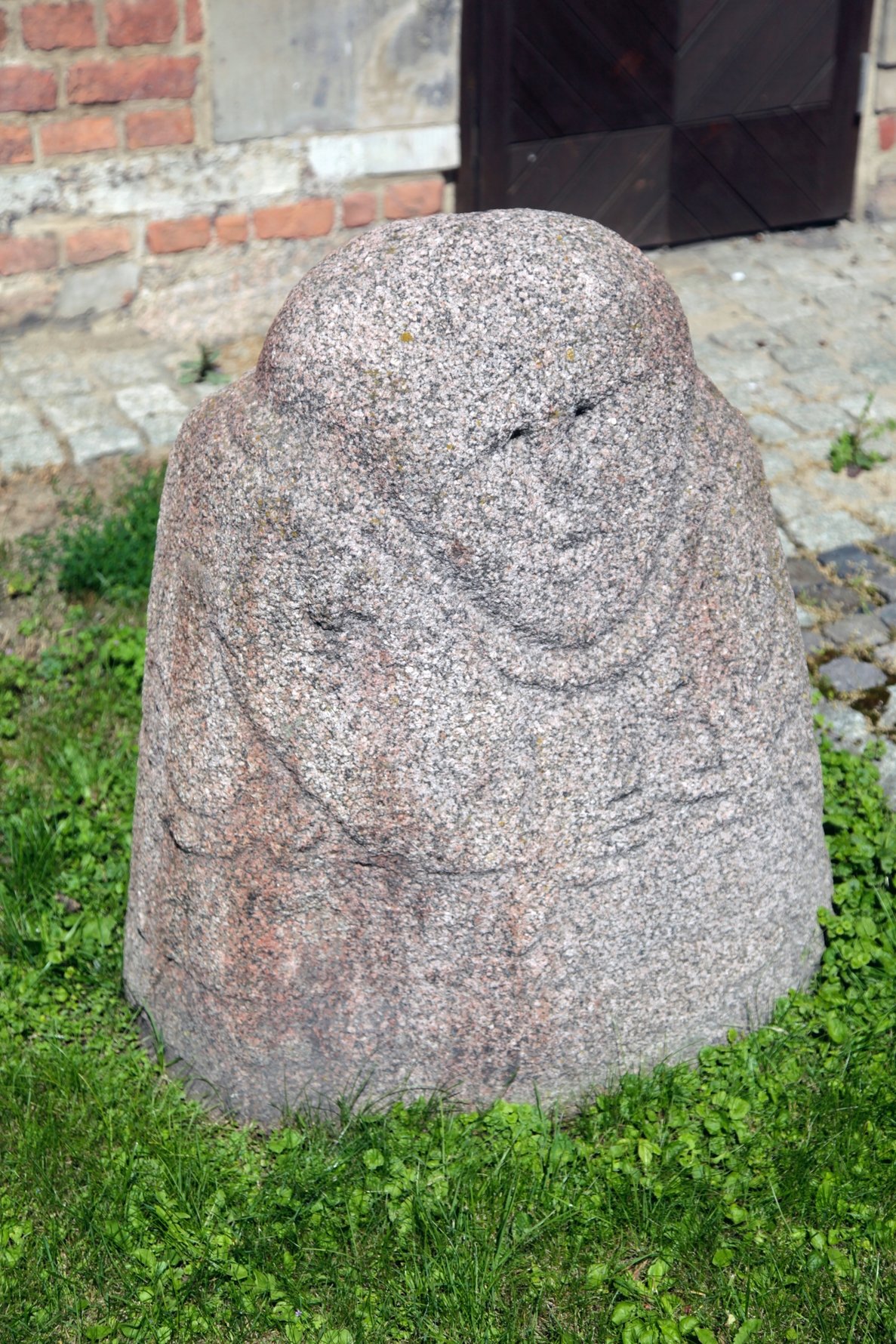
The Blasphemer of Mózgowo |
Some Historians believe that these hags are depictions of Prussian gods and idolatry was certainly common in other pagan cultural groups, including the Slavs and Balts. Others theorise that they are statues or possibly tombstones of tribal leaders, even though accounts would suggest that the Prussians cremated their dead. Other scholars believe that the stones were simply boundary markers for local communities. This may have played into the belief that Prussians had about certain cursed individuals - people who had been turned into stone for committing a serious offence. One historian, Jerzy Marek Łapo, has suggested that these hags may have been commissioned by the conquering Teutonic Knights to depict some sort of Prussian
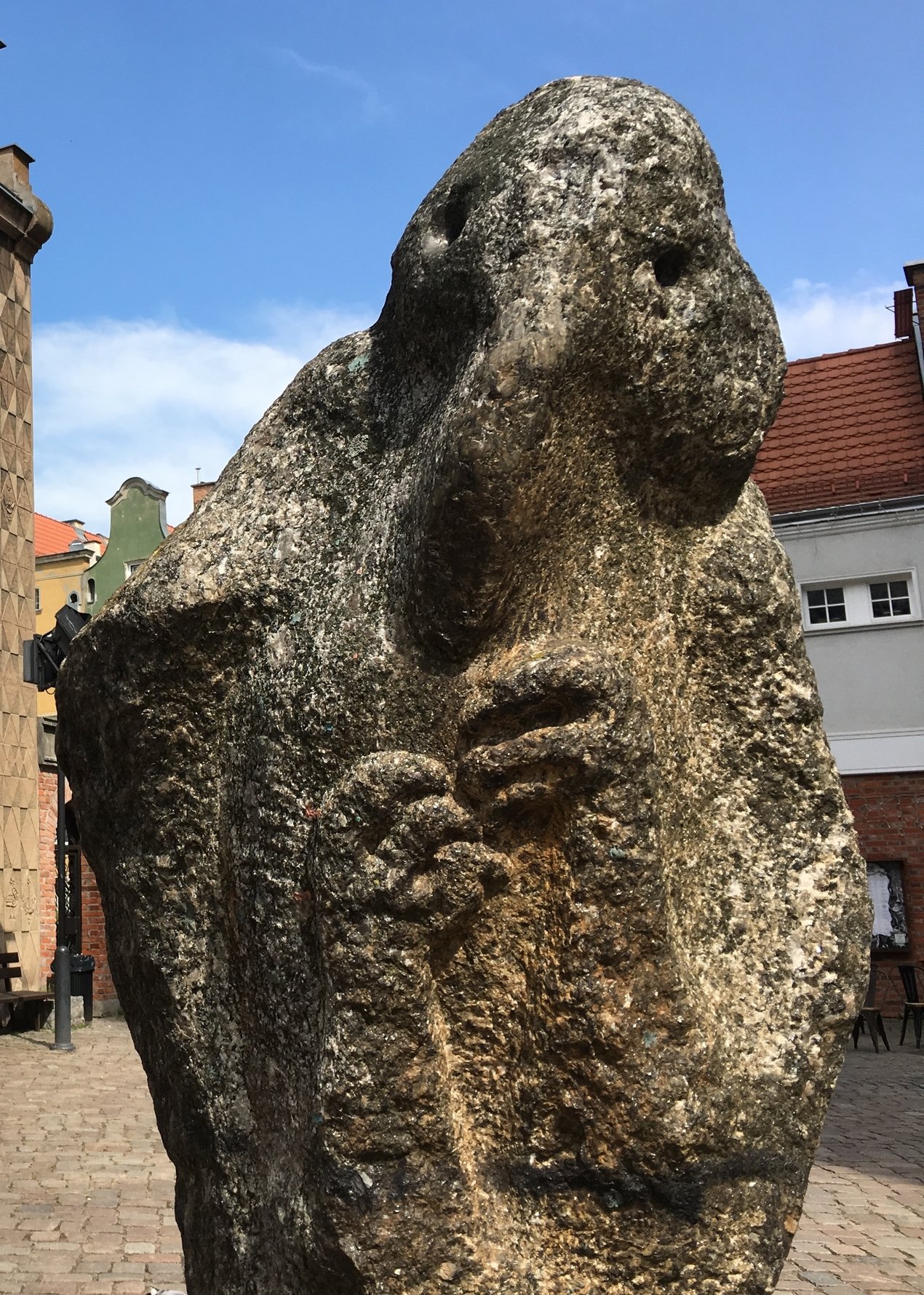
Once again, it is impossible to know the exact reason for these hags' existence. The newly-Christianised Poles and the Order of Teutonic Knights who had been phoned-in to brutally subdue the Prussians tribes on the Baltic had no interest in preserving cultural artifacts or keeping records of the people they were effectively genociding. After two centuries of fierce resistance, the 'Prussian Crusade' was completed by 1274. Throughout the Northern Polish countryside, approximately 21 of these elusive stone monuments remained standing, barely rousing anyone's curiosity until the 1700s, when these 'hags' were penned down for analysis. The family of four on the Gdańsk Waterfront and the extra freaky-looking one out front of St. Mary's Basilica are just some of the 21 living in museums and public spaces around the world. In Poland, many are located throughout the voivodship of Warmia-Masuria: two can be found in the town square of Bartoszyce, one in the Museum of Warmia-Mazuria in Olsztyn, and another was used as a brick in the wall of a church in Prątnica! In 2007, a new hag was also found during excavations carried out in the town of Poganowo. Elsewhere, a hag can be located in the courtyard of the Old Town Hall in Toruń!
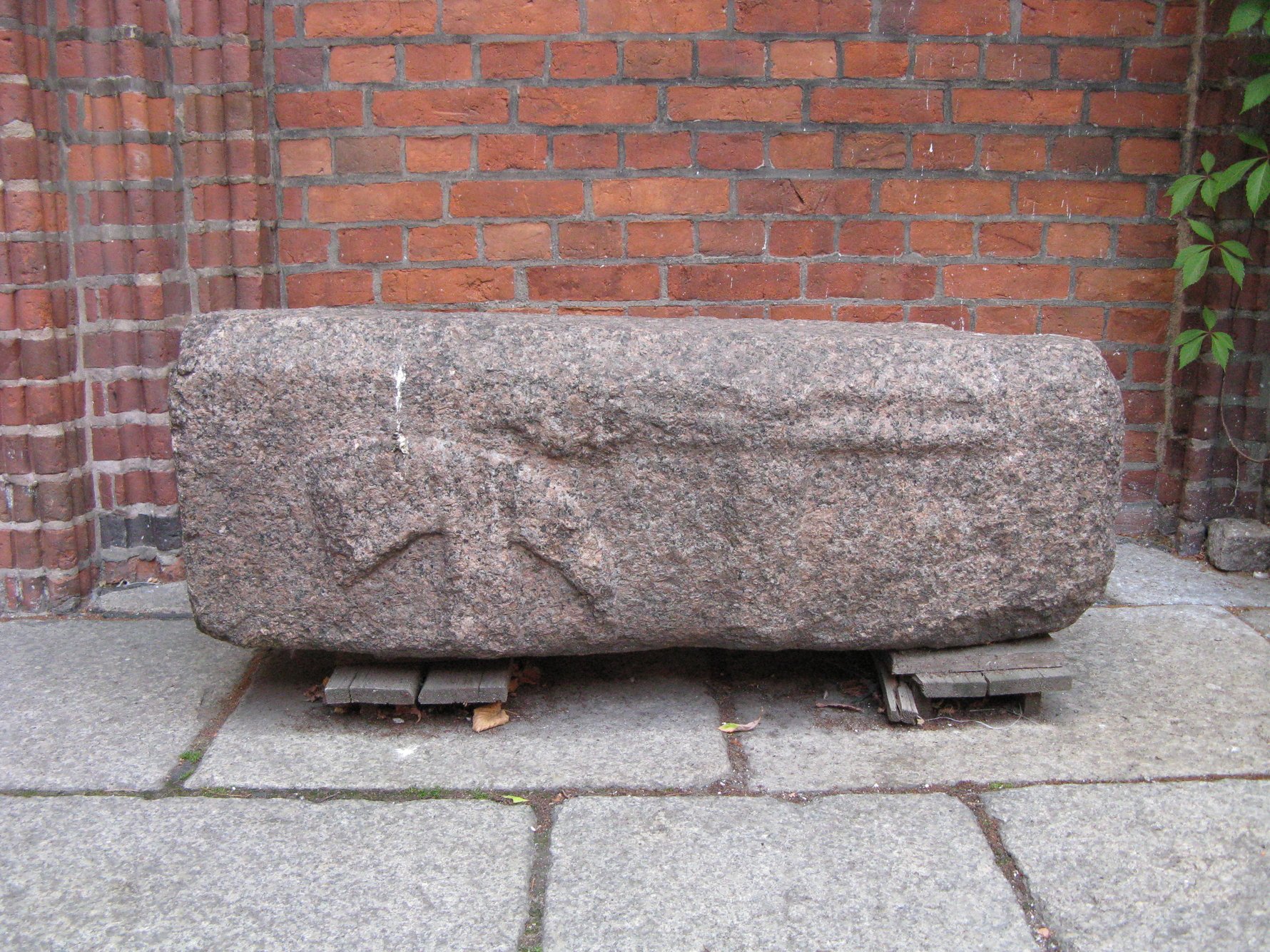
|
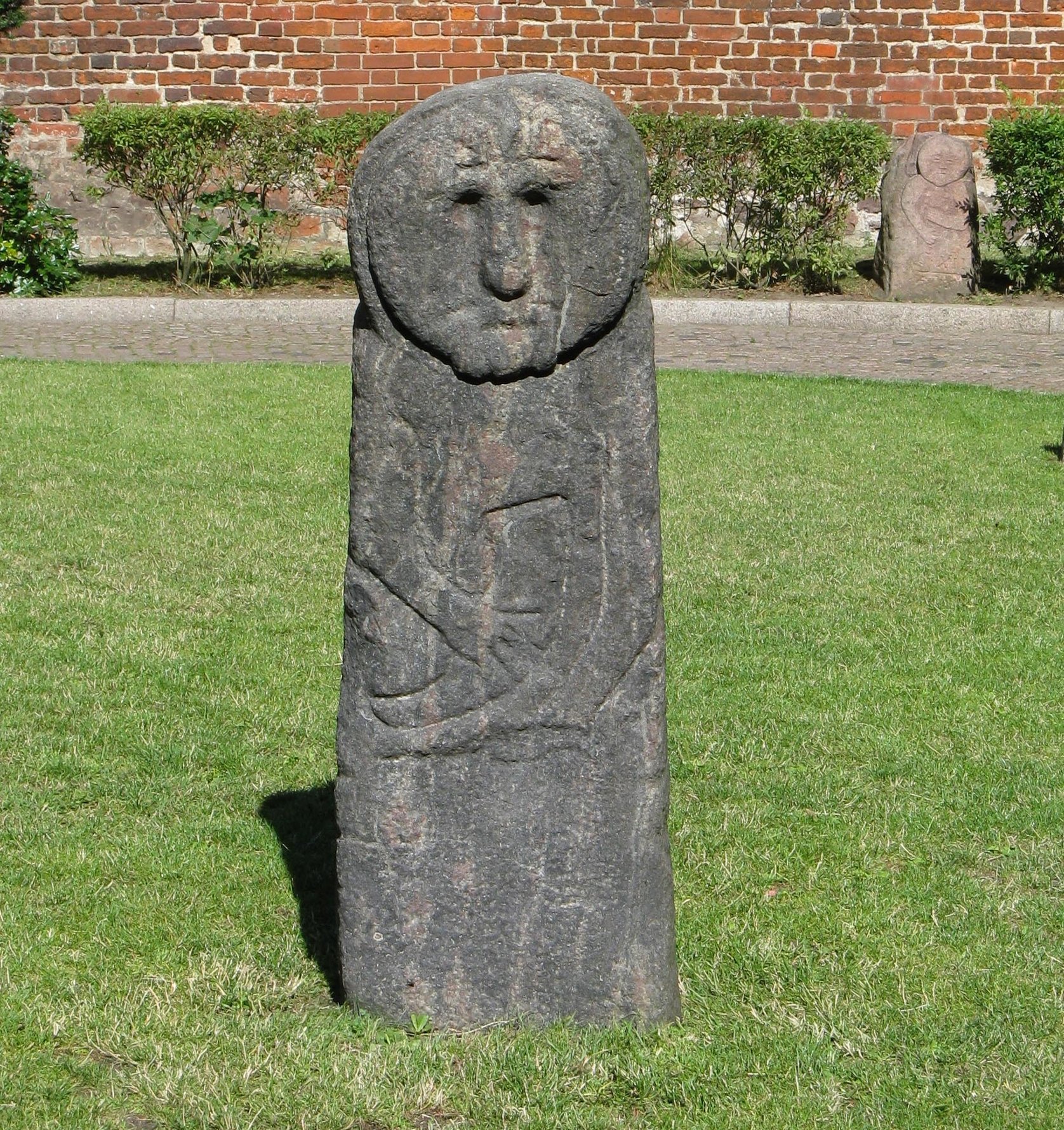
|
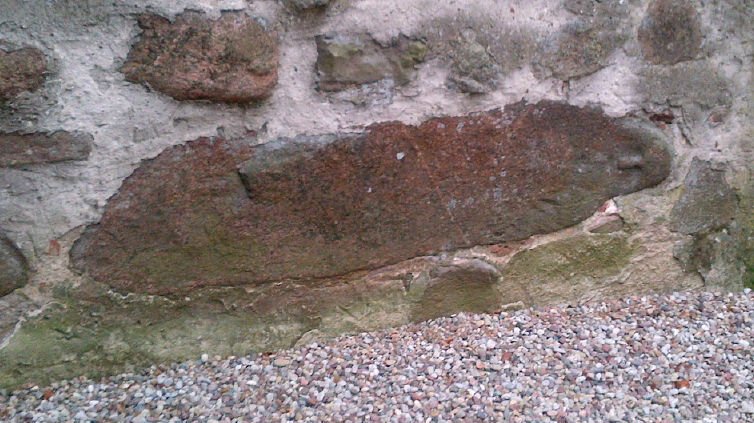
|


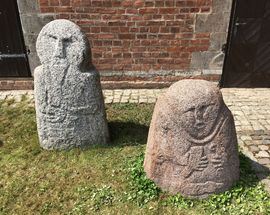
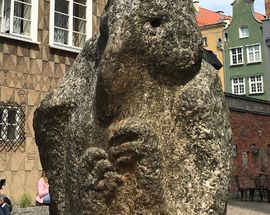
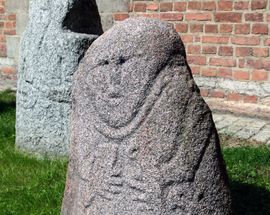
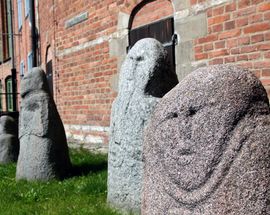
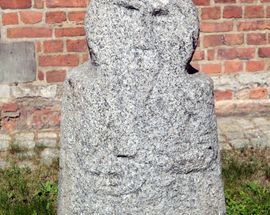
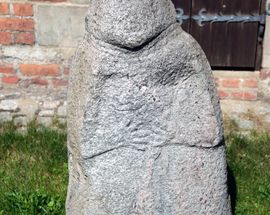
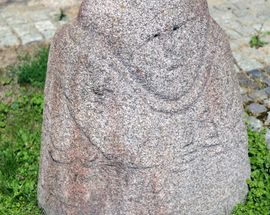
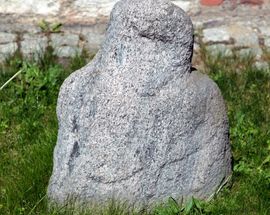
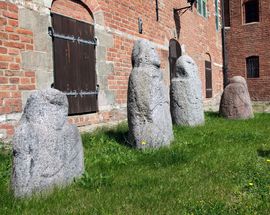
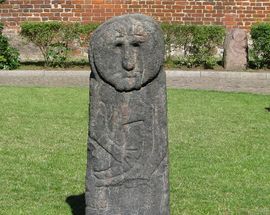
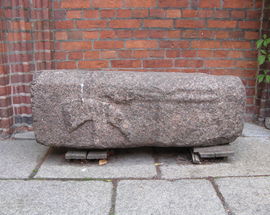
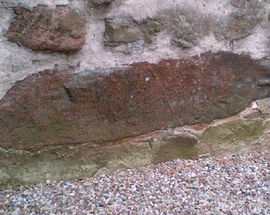
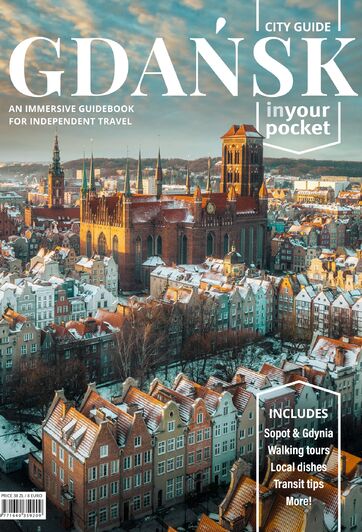


Comments